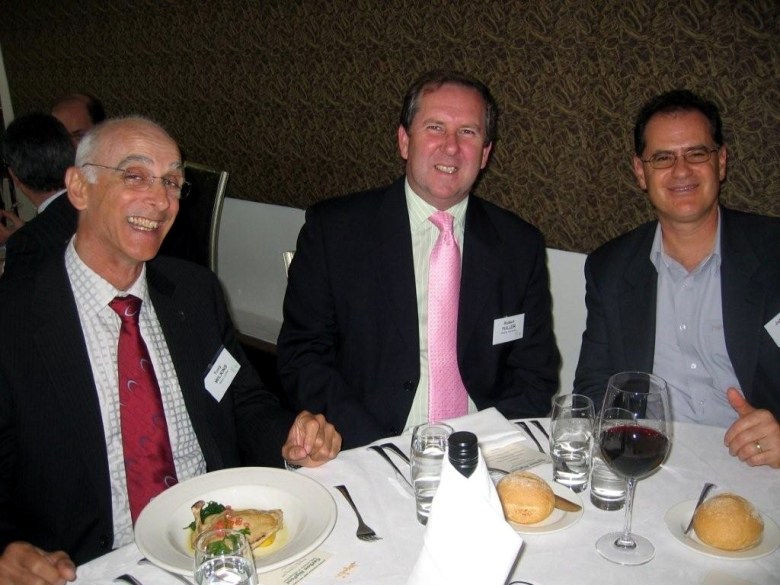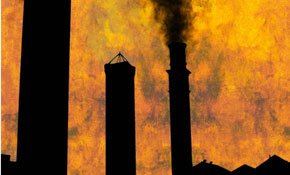
Jonathan Jutsen, the founder of ecological consultancy Energetics, challenged his audience with the claim that climate change, which is threatening the globe, its populations and its economies, can in fact be turned into a positive.
“Climate change can be the business of opportunity of the century,” he posited. This from the man whose firm advises a blue-chip roster of Australian companies headed by BHP and Woolworths on how to manage their carbon footprints.
The opportunities are in efficiency
The changes which the phenomenon will bring to the world in patterns of human behavior could represent a considerable boost to business, he maintained. The seesaw theory Jutsen presented is based, on the one hand, on the inevitably soaring price of energy (mainly oil) and, on the other, the added carbon price impact presenting a strong challenge to business.
“The opportunities are in efficiency – – adding energy-efficient measures to business methods,” he added, projecting that with consistent effort most companies in Australia can achieve 15 to 20 per cent savings in energy and water.
He went on to warn his audience of the need to become aware of the cost of compliance, which will become part of every business equation in the near future.
But the real message was left to last, as Jutsen turned to the PIAA head table’s incumbents to suggest that the printing industry needs to position itself to provide carbon friendly usage benefits.
“You need to encourage your members to take innovative steps to recognise the business opportunities involved through energy efficiency improvements,” Jutsen admonished.
The PIA’s Robert Fuller came some way to answering Jutsen’s challenge by announcing that the industry body is to launch a series of Print Sustainability Standards.
“This is reality and it’s here today,” Fuller thundered. “Don’t think of it as a flavour of the month that may be here today and gone tomorrow.”
The Murdoch message
Tony Wilkins, manager of News Ltd’s Environment and Climate Change Department, presented the second carbon paper of the afternoon. His was the practical overview where Jutsen’s had dwelt in theoretical terms. It came as somewhat of a surprise to many in the room that the environment had been of concern to News Ltd since 1990, when Wilkins took on his present role. The underlying motivator has been no less than Rupert Murdoch, who described the need for action as “this is about changing the DNA of our business”.
Dr Wilkins walked his audience through the company’s 1 programme he had co-authored in 2007 to produce a raft of savings of around 30,000 tonnes of greenhouse gases from its operations across Australia. About 125 new initiatives had so far been identified to help reduce greenhouse gas emissions over the next two years by 20 per cent, as part of News Limited’s commitment to be carbon neutral by 2010.
Currently the company was saving $1.5 million in power costs, such as ventilation and air-conditioning, Wilkins outlined, explaining that “if you want to save 25 per cent of your costs that’s where you go first”. Some of the strategies he cited may have sounded simplistic, such as altering the cooling and heating settings by a mere two degrees in summer and winter respectively, special staff training to ensure entrances, especially roller doors, are kept closed. Triple glazing in new buildings had also resulted in dramatic savings, as had non water-cooled air-conditioning and hybrid cars.
When the big boys can do it, there’s no reason why everyone else should ignore it.
Comment below to have your say on this story.
If you have a news story or tip-off, get in touch at editorial@sprinter.com.au.
Sign up to the Sprinter newsletter



